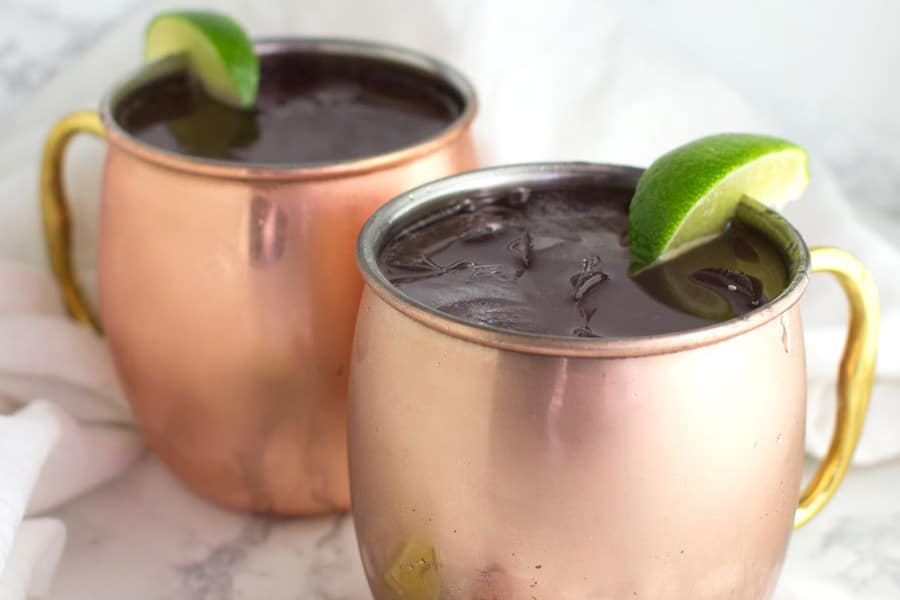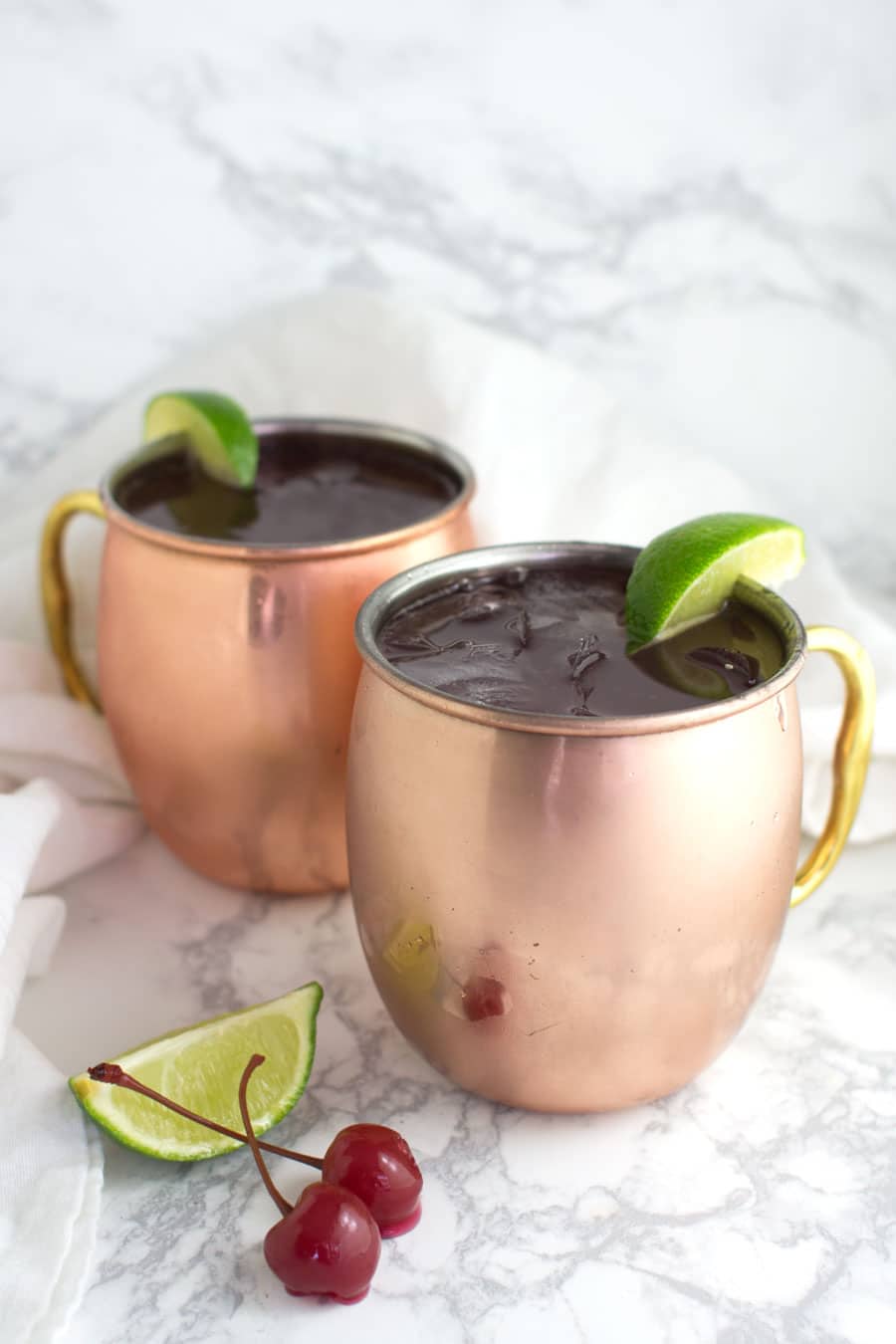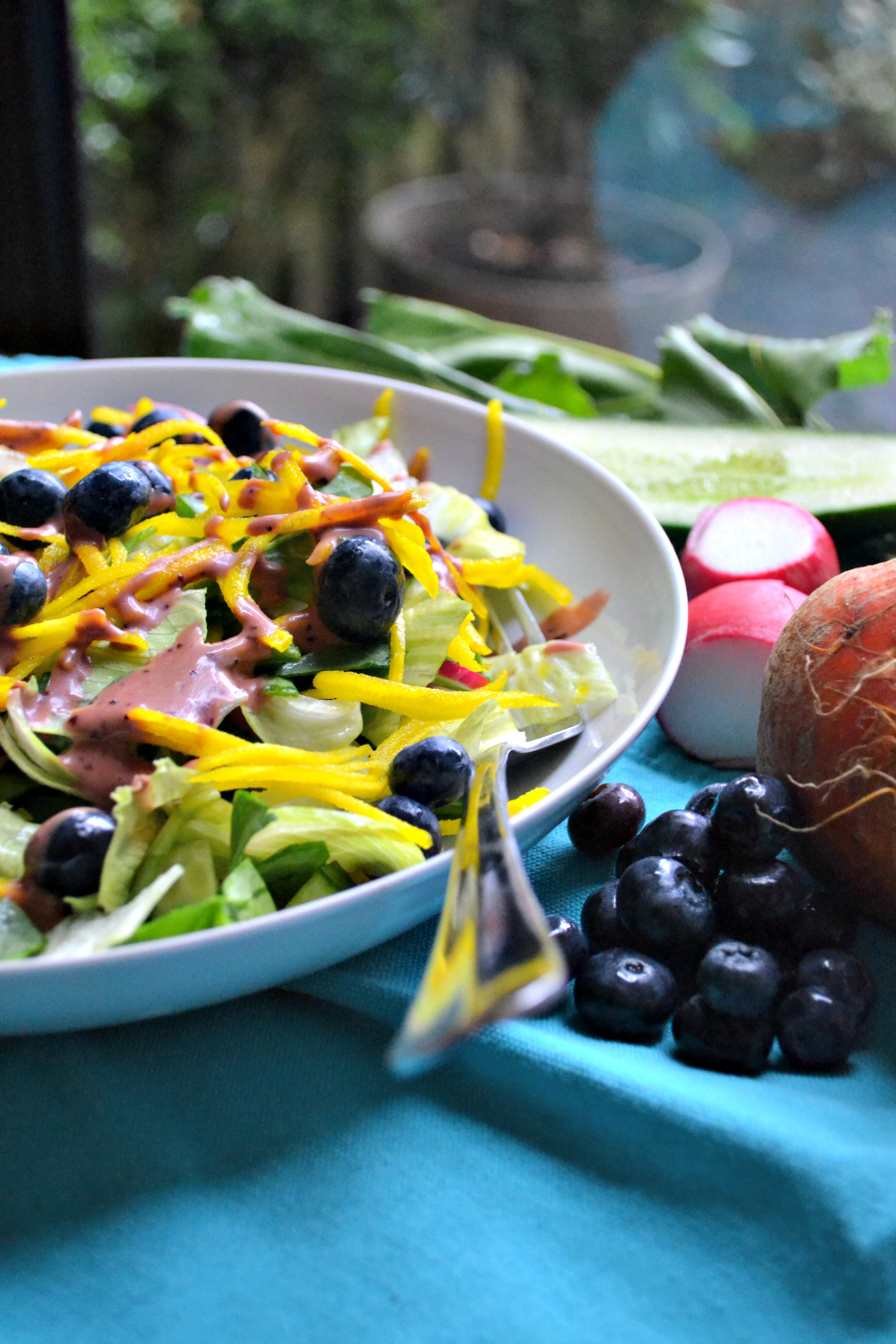This is my third fatherless Father's Day.
Though gone, my father still impacts who I am every day.
The example he set, the way he moved through the world wanting everyone he met to feel welcome and important, his sense of humor, the way he was always focusing on the possibilities………. and of course the years he walked through this world with me shaped who I am today.
These three years since my father's passing also marks the same period of time since my daughter's father and I divorced.
In dissimilar but profound ways, I have been witness to what a father's physical presence or absence means in various stages of a daughter's life.
How Fatherhood Influences Emotional and Physical Health
Of course, we know they are essential in any child's life, but do we understand how influential Father's really are?
Their role is more than just to provide food and shelter.
More than to protect their daughters and set an example for their sons.
So much more.
Research and focus on the significance of a Father's involvement is finally increasing our awareness on the positive outcomes on a child's emotional, cognitive, and academic development.
We are finally learning about a Father's role in multiple facets by asking the same types of questions we have been asking about mothers.
Do we understand how imperative it is that they are present to show their sons how to treat women and to maneuver through many of life's unknowns? How crucial they are in what their daughters will find acceptable and not acceptable in future relationships?
Father Involvement When Young
We are all familiar with the Father's stereotypical role of being the sole provider while Mothers are traditionally the caregiver. But, do these "roles" ever intertwine and connect? Do they switch places or sometimes take the place of the other? Is a single Dad just as capable of a single Mom?
In the past few decades, social changes and increase in the proportion of working mothers coupled with changes in paternity leave policies have resulted in a shift towards more direct parenting duties being shared by parents.
This is beneficial for the entire family.
According to research, the nature and extent of fathers' involvement in parenting may change over the course of a child's life.
"However, early paternal involvement is often associated with continuing engagement and may be a proxy measure of overall engagement. Early parenting can also affect outcomes later in life".
New Dad's should not be afraid to get their hands dirty and jump in from early on. Of course, a newborn's bond with their mother is irreplaceable but so is their bond with their father.
They are just important in different ways.
Researchers found that the children of fathers who had a positive emotional response to parenting and a sense of security in their role as a parent and partner early in the child's life were less likely to have behavioral problems in adolescence.
According to the Avon Longitudinal Study of Parents and Children (ALSPAC), "Psychological and emotional aspects of paternal involvement in children's early upbringing, particularly how new fathers see themselves as parents and adjust to the role, rather than the quantity of direct involvement in childcare, is associated with positive behavioral outcomes in children. "
Positive parenting by fathers may contribute to good outcomes in children in a number of ways.
- Involved fathers may influence children indirectly by being a source of instrumental and emotional support to mothers
- The effect of this on mothers' well-being and parenting strategies often leads to better outcomes in children.
- There is evidence that fathers' involvement can also alleviate the impact of factors such as maternal depression which are known to increase children's risk of behavioral problems.
- More involvement often paves the way to a happy and cohesive family which has the potential to bring about better outcomes in children.
Understanding the nature and effect of fathers' involvement on the health and well-being of children will improve family psychological and health outcomes.
A Father's Absence & Effect on Behavior

Just as a Father's presence is pivotal, a father's absence can be devastating.
The relationship between parent and child can and does have detrimental effects on youth physiological development.
This goes for Fathers as well.
Although most studies have focused on the influence of maternal behaviors, with little attention to paternal influences, there is now an abundance of evidence showing us just how important a Father is.
They are important from an early age and their significance only grows greater through adolescence and into adulthood.
Research has proposed three pathways to explain links between father absence and elevated levels of internalizing and externalizing behavior.
- Socialization theory suggests that father absence influences adolescent behavior through adverse behavioral modeling. Specifically, father absence, and the parental conflict that follows may expose children to maladaptive emotional coping strategies or impulsive behaviors that they emulate in adolescence
- Children may act out in response to the emotional disruption brought out by high levels of conflict that can both precede and succeed a union dissolution. They also struggle with the disruption of family life and exposure to parental distress resulting in internalizing or acting out behavior.
- In families with nonresident fathers, youth may experience reduced parental supervision, providing youth with greater opportunity to engage in risky or delinquent behavior.
Both strategies in the studies have revealed a link between a father's absence and adolescent internalizing and externalizing behavior.
"For example, regression analyses using rich covariate information identified strong links between marital dissolution and psychological distress and problem behavior (Amato, 1991; Morrison & Coiro, 1999; Sun, 2001). Growth curve strategies, which examine within-child changes in behavior, have shown that although behavior problems exist prior to divorce, children who experience divorce along with separation from either parent report even higher levels of internalizing and externalizing behavior after marital dissolution.
Research also highlights the fact that fathers play a very distinct role, one that is different than a mother, in children's development of social skills. For example, a U.S study of parental involvement during childhood and adolescence found that time spent with fathers in the presence of others was strongly linked with increased social competence. The same effect was not observed for mothers.
A Father Shapes his Daughter and Son Differently
Fathers strongly influence our character but also our relationships.
It varies widely from person to person, family to family, and also from girls and boys.
Research has shown that factors such as a father's presence, closeness, and communication of affection are found to be predictive variables of positive relationships and set the tone for greater levels of spousal marital satisfaction as well.
Research also shows that daughter's self-appraisal and self-perceptions represent distinct features of father-daughter relationships
Girls gain essential benefits from having a close father-daughter bond. According to research from Vanderbilt University, "girls who had close, positive relationships with their fathers during the first five years of life tended to reach puberty later than girls who had more distant relationships." In addition, the University of Oxford researchers found girls who had more involved fathers were less likely to face mental health problems later in life.
Recognition and approval from their father can lead girls towards developing into independent and confident women.
Researchers at the University of Oxford report that boys who have involved fathers are less likely to get in trouble with the police as they get older. A positive father or father figure can be a role model for boys and help them to adopt a healthy identity as well as an awareness of their feelings and emotions.
Their behavior and treatment in a child's life will impact what a daughter looks for in her partner.
It will model the way in which his son learns to treat women and his mindset towards them.
Parental Relationship & Effects on Health
The relationships formed with both parents can not only affect mental and social outcomes, it can significantly affect a child's physical development.
Several studies have shown individuals raised in high-risk or negative family environments are at an increased lifetime risk for a range of not only behavioral issues but had physical health-related outcomes as well.
Examples of physical effects include: sleep disturbances, obesity, alcoholism, smoking initiation, sexual disorders, chronic pain disorders, diabetes, asthma, autoimmune disorders, chronic obstructive pulmonary disease, high blood pressure, and heart disease.
How does our relationship with our parents affect our physical health?
The physical and mental health symptoms from both Mother and Father negative relationships are thought to be outcomes of a common underlying biological process called the hypothalamic-pituitary-adrenal (HPA) axis.
- The HPA axis is a neuroendocrine stress response system that produces the stress hormone cortisol when set off by negative or challenging events in the environment.
- Over time, neglectful, abusive, or negative parenting can result in a disruption in the HPA system, seen in exaggerated or blunted cortisol levels.
- Disturbance in HPA activity is associated with a range of pathologies including cardiovascular diseases, diabetes, hypertension, cancer, and depression. In contrast, it has also linked positive behaviors from parents with more adaptive HPA activity in response to stress.
A lifelong negative or unhealthy relationship with either parent does not have to mean physical or verbal abuse while it certainly includes that.
It does not have to be extreme to have a lasting impact on health.
In the past, researchers have focused many of their studies on childhood sexual abuse or other forms of severe maltreatment.
But, current studies are finding that cortisol dysregulation is associated with less severe childhood family adversity. "In fact, the impact of negative relationships within the family of origin on cortisol remained after controlling for self-reported sexual or physical abuse, and after removing from analysis any participants reporting above average experiences of abuse. These exploratory analyses suggest that exposure to childhood family adversity does not have to be severe in magnitude to affect long-term cortisol regulation."
The current findings suggest that uncovering those components that are the most stressful and the most troubling from growing up in an adverse family environment impact can provide options for intervention. Reflecting and facing these issues that might stem from parents have long-term benefits for the physical and mental health of children who might be at risk.
A Father's Shared Vision Can Influence Success
My dad inspired me to visualize my dreams and create. I was blessed to celebrate 42 father's days with such a loving man.
His voice was full of life and vigor and it vibrated through me like a hug.
He taught me what growth meant. Facing change with determination and anticipation of great success.
Social cognitive theory proposes that our own personal evaluation process is the foundation of human agency.
Results from current research suggest the transformational qualities of shared vision between fathers and daughters are substantial.
It not only molds daughters into successors but encourages them to overcome any gender barriers along the way.
Self-efficacy refers to a self-evaluative process that links reasoning to conduct and a daughter's evaluation of her own ability to achieve success as a leader in the family business or in starting her own.
It's a judgment of skill and competence to execute activities required to meet goals.
"It's also domain specific since a general sense of self-efficacy may have little or no relevance to functioning in the family business (DeNoble et al., 2007)."
For example, a daughter might have firm beliefs in her ability to achieve in school, sports, or social causes, but may not believe she can lead the family business or build one for herself.
A fathers' judgments of daughter's efficacy may inform choices and link reasoning to conduct.
"As leaders of the family business and selectors of successors, fathers' assessments of daughters' capabilities to execute tasks to achieve desired goals may influence fathers' decisions to appoint daughters as successors. The construct, "perceived daughter efficacy," in the study reflects fathers' self-reported perceptions of daughters' efficacy as leaders of family businesses."
The idea is unless you believe your children can achieve desired goals, they will lack the motivation to bring forth the necessary effort or persevere in the face of difficulties. Believing in children influences their ambition, choices, vulnerability to stress and depression, and performance accomplishments.
As a female entrepreneur, the delicate balance is to retain your feminine creativity and still be a powerful force.
Maintaining healthy boundaries and using your intuition are secrets to my success.
Another secret is having an incredible role model in my own Father who shared a vision of success with me.
And for me.
Father's Come in Many Forms
It is also important to know there are many children who don't have their biological father in their life.
Some have lost their father, or do not live with their biological father. Some may have a complicated relationship or no relationship at all.
The best thing in these situations is to ensure a child has the support and the love from a father figure.
This could be a step-parent, a grandparent, an uncle, or a family friend.
It's time we examine a fathers influence and their role in the family and in child development just as closely as we have Mothers.
To shine a light on them and make sure they aren't left in the dark.
To leave a father in the dark, without good reason, is to leave a child in the dark.
A child needs support and love from both mother and father for their well-being. Their physical, mental, and social development depends upon both parents to shine the light and guide the way.
Every child grows into an adult that needs the same things they needed early on.
Love.
Every child needs love to shine. To thrive. To heal.
Both mentally and physically.
#Loveismedicine and parents give the first dose.
Join us for more @ #LoveisMedicine
References:
https://www.ncbi.nlm.nih.gov/pmc/articles/PMC5128840/
https://www.ncbi.nlm.nih.gov/pmc/articles/PMC5082431/
https://www.ncbi.nlm.nih.gov/pmc/articles/PMC4448000/
http://www.psy.miami.edu/faculty/dmessinger/c_c/rsrcs/rdgs/emot/landsford.PerspectivesonPsychologicalScience-2009-Lansford-140-52.pdf
The post The Fatherhood Rx: How a Dads Presence or Absence Affects Our Mind and Body appeared first on NaturalPath.


 Fill out the form below to sign up to our free natural health and healing newsletter and e-zine and stay up to date on our latest articles and informed about holistic healing therapies and effective home remedies for common ailments. As a thank you for joining our newsletter, we'll also send you
Fill out the form below to sign up to our free natural health and healing newsletter and e-zine and stay up to date on our latest articles and informed about holistic healing therapies and effective home remedies for common ailments. As a thank you for joining our newsletter, we'll also send you 






